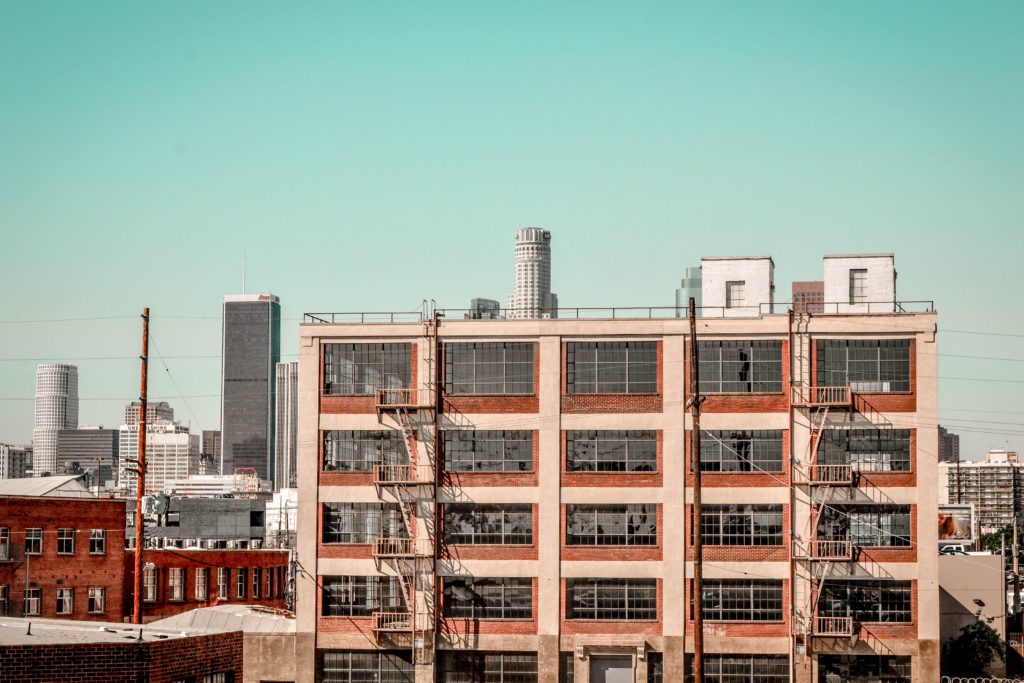Tiffany Hsia
Edited by Natalie Grace Sipula
[3 minute read]
2020 started off great. I was looking forward to having an amazing year at USC and was excited about my classes. However, just around the time when spring break was starting, a global pandemic hit. I was excited about going on a trip with my friends, but instead of going to Mexico I packed my bags to go home. Little did I know, that was the end of my time at USC. Now much time has passed by, I have come to learn some things about myself.

Initially when I went home, I still had hope that I would be able to finish the rest of my sophomore year on campus. I thought that I was just enjoying an extended vacation back home, spending time with my family. However, as summer drew closer, every day grew to become the same. Time seemed to drag on and I could see no end to quarantine. In May, I decided to make a list of things I have always wanted to do, but never got the chance to do. Here are some of the activities that I embarked on in an attempt to try things that I never had the opportunity to before:
- Working out
Since I had so much time on my hands at the start of quarantine, I knew that this was the time to get into the best shape of my life. I have always put off working out, using my busy schedule as a convenient excuse not to do it. I figured that making an effort to work out during quarantine would be a good way to improve my daily schedule. Studies have shown that working out increases dopamine release, which in turn can help increase our feelings of optimism. I started off with a few times a week and kept to a routine, focusing on how I felt after to help motivate me to keep going.

- Finding a new hobby
At the start of quarantine, I didn’t have much to do and I felt constantly bored. I decided to go on Amazon and bought a paint by numbers. With some practice, I was able to create my own masterpiece, even with my limited artistic talent. I enjoyed spending hours on end painting and felt a sense of accomplishment afterwards. I now proudly own art that I created myself, and it is hanging on my wall.
Continue reading Learning about Myself in a Pandemic



